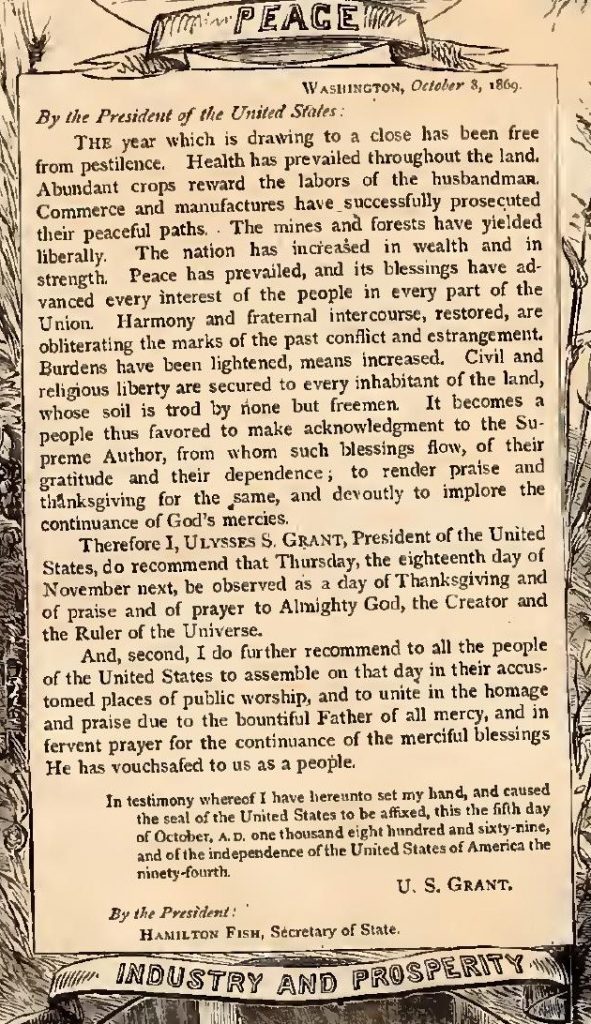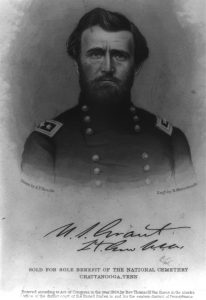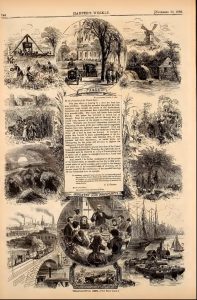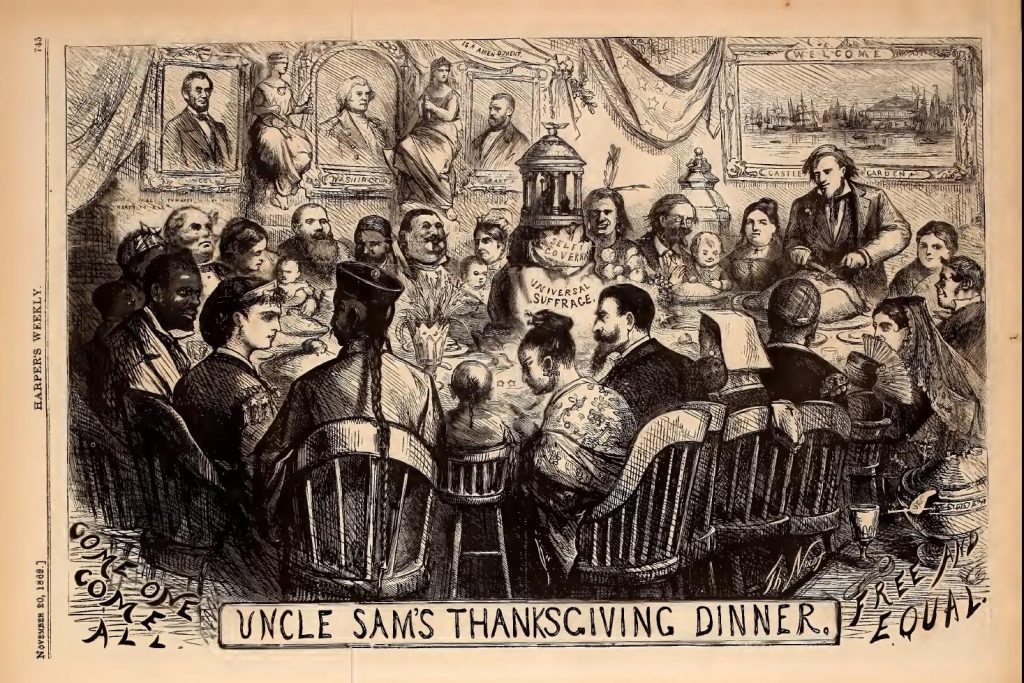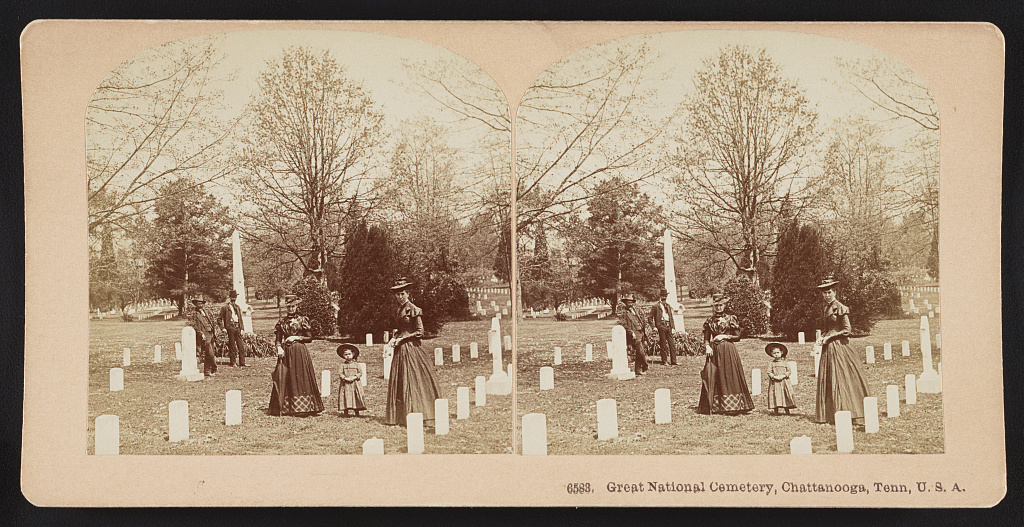In his first year as Commander-in-Chief, President Ulysses S. Grant followed the tradition begun by Abraham Lincoln in 1863 by calling for a national day of Thanksgiving on a Thursday in November. The new president opted for a slightly earlier observance.
And just like all Thanksgivings during the 1860’s, even before the official national observance, The New-York Times used its front page on November 19th to cover sermons at various churches and mention some of the charitable activities in the metro area.
Another publication explained how fitting it was that Thanksgiving was celebrated in November. From the November 20, 1869 issue of Harper’s Weekly:
THANKSGIVING.
AGAIN the night-season of the natural year has come round to us – the time when, her fruits having been gathered up, the earth folds up and puts aside her green garments, and lays down to her winter’s rest. At this time, when ripeness passes so quickly into decay, man snatches [eagerly?] to secure for himself so much as he can of nature’s gifts. This work having been accomplished, he has leisure for reflection. He can now look upon the process, by which the dead earth gives us back manifold what we have lent her, as the yearly wonder of God. It is fitting that this should be the season of Thanksgiving. But not only the agriculturalist finds this season an occasion of thanksgiving; the merchant and the manufacturer, also, have profited by the abundant harvests of the autumn. These are positive reasons for thanksgiving; but, besides these, we have to remember with gratitude, that no great pestilence, no wasting famine, no destructive natural convulsion, no financial panic have visited us.
The illustrations which we publish this week on pages 744 and 745, apropos to this national festival, need no interpretation on our part. That on page 744 is a typical representation of the season and of the occasions for thanksgiving. The engraving on page 745, “Uncle Sam’s Thanksgiving,” represents the larger and more cosmopolitan features of the occasion.

